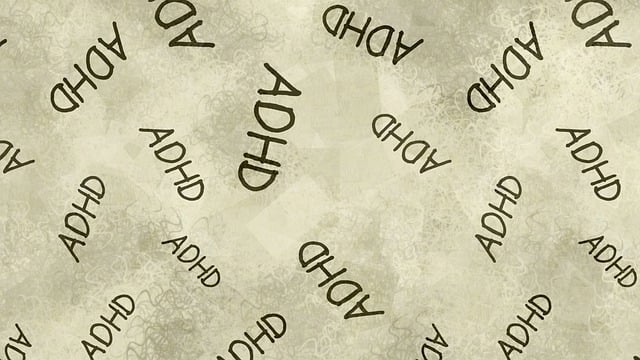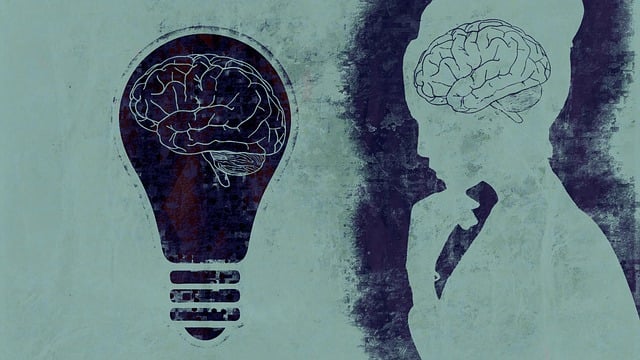Westminster Panic Disorder and Anxiety Attacks are challenging mental health conditions marked by unpredictable fear episodes and physical symptoms, triggered by various stressors. CBT, mindfulness, and resilience-building exercises are effective therapy methods. Media representation matters; authentic portrayals of therapy sessions, recovery journeys, and self-care can reduce stigma and encourage help-seeking behaviors. Westminster's approach to advocating for specialized therapy and community outreach programs bridges the gap between media portrayal and real-world support, empowering viewers to access resources for their mental well-being.
In an era where mental health awareness is rising, the media plays a pivotal role in shaping public understanding. This article delves into the representation of mental illness, specifically focusing on Westminster Panic Disorder and Anxiety Attacks. We explore current challenges in media portrayal and present effective strategies to enhance accuracy. Furthermore, we discuss therapy approaches that can drive positive change in media depictions, fostering a more empathetic and informed society. By examining these aspects, we aim to promote better understanding and support for individuals facing these disorders.
- Understanding Westminster Panic Disorder and Anxiety Attacks
- Current Media Portrayal of Mental Illness: The Challenges
- Effective Strategies to Enhance Representation
- Therapy Approaches for Positive Change in Media Depictions
Understanding Westminster Panic Disorder and Anxiety Attacks

Westminster Panic Disorder and Anxiety Attacks are real and often misunderstood conditions that significantly impact individuals’ daily lives. This disorder, characterized by recurrent and unexpected episodes of intense fear or discomfort, can lead to physical symptoms such as rapid heartbeat, sweating, and shortness of breath. These attacks can be triggered by various factors, including stress, certain environments, or even seemingly insignificant events, making them challenging to predict and manage.
Therapy plays a crucial role in addressing Westminster Panic Disorder and Anxiety Attacks. Through evidence-based approaches like cognitive-behavioral therapy (CBT), individuals learn to identify and change negative thought patterns contributing to their anxiety. Mental health education programs designed to promote positive thinking and coping strategies can empower those affected to take control of their mental well-being. Moreover, advocacy for better Mental Health Policy Analysis ensures that accessible and effective treatments are available, fostering a supportive environment for recovery and reducing the stigma associated with these conditions.
Current Media Portrayal of Mental Illness: The Challenges

The current media portrayal of mental illness often falls short, perpetuating stereotypes and misconceptions that hinder understanding and empathy. While there have been some efforts to depict conditions like Westminster Panic Disorder and Anxiety Attacks more realistically, these representations are still limited. Many media narratives focus on the dramatic or extreme aspects of mental health issues, rarely exploring the nuances and day-to-day challenges faced by individuals managing their mood and emotions.
This oversimplification has significant implications, as it can contribute to stigma and discourage those struggling from seeking help. For instance, showcasing intense therapy sessions without adequately addressing the process, skills development, or emotional intelligence involved in effective mental wellness coaching programs can create a misleading picture of treatment. Enhancing media representation requires a more nuanced approach that highlights the various pathways to recovery while respecting the privacy and dignity of individuals living with these conditions.
Effective Strategies to Enhance Representation

To enhance the representation of mental illness in media, specifically focusing on conditions like Westminster Panic Disorder and Anxiety Attacks, several effective strategies can be implemented. Firstly, emotional healing processes should be portrayed authentically, showing characters navigating their struggles with sensitivity and depth. This includes depicting therapy sessions, not just as a plot device but as an integral part of the character’s journey, reflecting the reality of anxiety disorder treatment like Westminster Panic Disorder therapy.
Incorporating resilience building narratives can also significantly impact audiences’ perceptions. Media platforms can showcase characters overcoming challenges through self-care practices, support systems, and ultimately, recovery. Moreover, producing mental wellness podcast series production can offer an intimate, accessible way to educate listeners about mental health topics, providing valuable insights into the experiences of those living with anxiety disorders.
Therapy Approaches for Positive Change in Media Depictions

Media platforms have a significant influence on shaping societal perceptions and understanding of mental health issues. Therefore, it is imperative to explore effective therapy approaches that promote positive change in media depictions. One such approach, backed by professionals like those at Westminster, focuses on treating panic disorder and anxiety attacks through specialized techniques. By implementing tailored interventions, media representations can move beyond stereotypical narratives and showcase the power of recovery.
The process often involves a combination of cognitive-behavioral therapy (CBT), mindfulness practices, and resilience-building exercises. These strategies aim to challenge negative thought patterns, manage symptoms, and foster self-care practices within affected individuals. Moreover, community outreach program implementation can bridge the gap between media portrayal and real-world support systems, ensuring that viewers have access to resources for their own mental well-being.
Media representation of mental illness, especially conditions like Westminster Panic Disorder and Anxiety Attacks, plays a pivotal role in shaping public perception. By employing effective strategies such as accurate portrayal, diverse narratives, and integrating therapy approaches, media can foster greater understanding and reduce stigma. Through these efforts, we can create a more inclusive environment that promotes empathy and support for individuals dealing with mental health challenges. Westminster Panic Disorder and Anxiety Attacks Therapy offers valuable insights into addressing these issues, ultimately contributing to a healthier and more compassionate society.












